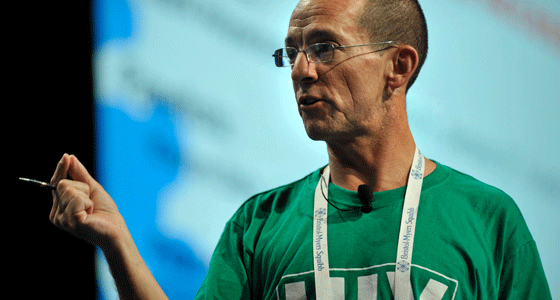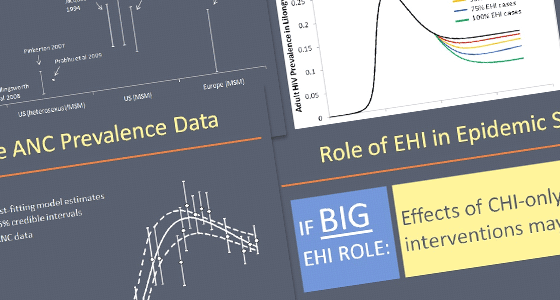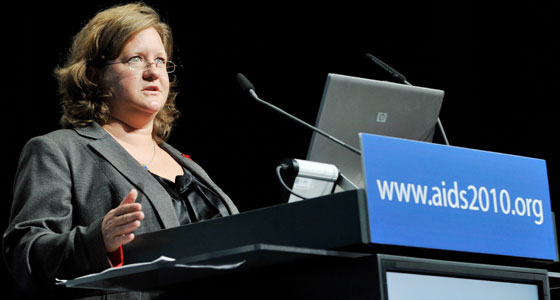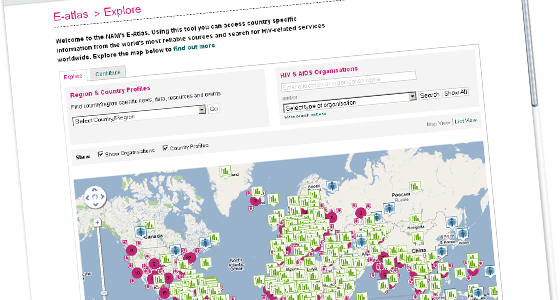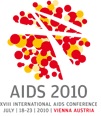Combining the protease inhibitor atazanavir (Reyataz) with the integrase inhibitor raltegravir (Isentress) or the CCR5 inhibitor maraviroc (Celsentri or Selzentry) has a good anti-HIV
effect.
But there is some concern about possible side-effects and the development of
resistance.
The
SPARTAN study involved 94 treatment-naive patients, randomised to receive either atazanavir boosted by ritonavir, plus Truvada (FTC and
tenofovir), or unboosted atazanavir with raltegravir.
After 24 weeks, 75% of patients taking
atazanavir/raltegravir had an undetectable viral load, compared to 63% in the other arm.
Some patients were followed for 48 weeks, when 82%
of the patients taking atazanavir/raltegravir and 76% of patients taking the
other regimen were undetectable.
Resistance to raltegravir emerged in a small number of
patients whose viral load was not suppressed.
CD4 cell increases were slightly better amongst
the patients in the raltegravir arm.
Overall rates of side-effects were similar.However, those taking atazanavir/raltegravir were much more
likely to experience a build-up
in bilirubin and therefore to stop
treatment.
The
A4001078 study involved 121 patients randomised to take
either boosted atazanavir with maraviroc or atazanavir/ritonavir with Truvada.
After 24 weeks, 80% of those taking atazanavir/maraviroc
had an undetectable viral load, compared to 89%.




